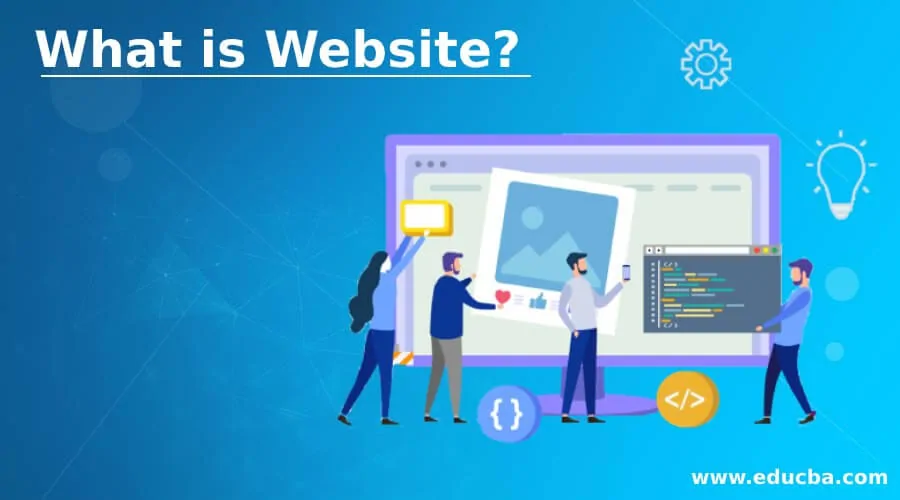Introduction to Website
The website or site is the central location of web pages connected to and accessed by accessing the website’s home page using a browser. A series of interconnected websites share a single domain name and are open to the public. A person, a group, a corporation or an organisation may build and maintain websites for a variety of purposes.
Will you need a Website of your Own?
- A digital web presence allows the internet to view content, including text, pictures and videos.
- There are a variety of reasons why businesses need agent websites: knowledge about goods and services for potential clients, promoting the company, interaction with various departments or the delivery of products online. It provides private users with the ability to engage directly in public affairs.
- There are also personal websites with information or entertainment materials.
- You may add the opportunity to attract the attention of prospective employers, interested parties or like-minded persons through a connection to your own website next to your social network profile.
Creating a Website
- Most businesses have on their business cards or in e-mail signatures a link to their website.
- Its start page appears when this address is entered in the search field of the browser.
- Site visitors can access its subpages depending on the size of the site.
- To connect a website’s single HTML documents, hyperlinks or simply ‘ links ‘ are used. In navigation, typically, connections to essential subpages are combined and can be found in headers.
- This is seen on all subpages of the website and not just on the home page.
- The user can be guided by the navigation and show the layout of the web.
- Further subpages can be linked to the content of it in the text and image components.
- Links to more details, such as the site owner and the legal structure, also appear in the footer on the bottom of a page.
Types
There are 2 main types of websites which are as follows:





